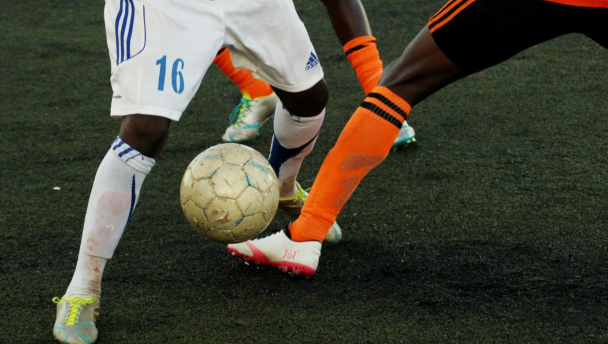
Golf vs. Football: How Practice Habits Share Similar Principles
July 24, 2025 11:50 am Leave your thoughtsGolf and football are two sports that are different in terms of pace, location, and physicality and are hardly ever seen adjacent to each other. One is played on open ground where there is silence reigning supreme; the other is played before roaring crowds and violent collisions. But dig deeper and the similarities appear in the philosophy of how players practice, get better and think about becoming good.
Precision from Practice: Tools of the Trade
It might be cleats on one hand, a used golf driver on the other, but the goal is the same. Every other player, be it a goal kicker perfecting the penalty, or a golfer perfecting the tee shot, is working with measured intent. Off the field, it is much more training than the workout. They insist on repetition with review, usually with tools like video analysis, swing statistics, or movement breakdown in order to perfect the execution. Combinations of savvy equipment selection and mental accuracy are used in both sports to derive a predictable output.
Goals Beyond the Scoreboard
The enhancement seldom occurs accidentally. Both the footballers and golfers operate within specific goals. That could be reducing a handicap or running speedier sprints, but quantifiable objectives provide a framework for training. With sessions that are based on practical goals, the progress can be measured instead of presumed. This kind of conscious effort is the driving force that builds milestones that guide the athletes past the hands of guesswork.
Segmenting the Skills
No player succeeds by being average. In football, first touches, aerial control, or defensive spacing might be isolated during drills. Golfers split the practice into driving, iron, and putting. This segmentation serves to guarantee that there is no dimension that overshadows preparation. All elements are addressed with particular attention that will lead to improved performance in real competition where diverse demands appear in an unexpected order.
The Role of Feedback in Real-Time Adjustment
Coaching is not only on game day. Positive knowledge builds up the foundation of growth. Form and tactics are recalibrated in football through film study and the correction of training ground work. Golfers would seek the advice of teachers who would break down the movement patterns frame to frame and give detailed instructions. These two directions entail accepting feedback instead of fighting it, a process in which polishing supersedes vanity.
Adaptability and Problem Solving
Athletes in both fields must react when plans falter. A footballer adjusts to tight marking with swift directional changes. A golfer recalibrates after reading wind shift or green speed. Training routines must incorporate variability—drills under pressure, unpredictable starting positions, or simulated match scenarios—to nurture this flexibility. Static practice yields limited returns. Adaptability is cultivated through dynamic problem-solving woven into each session.
Mental Reps, Not Just Physical
Both disciplines make use of cognitive rehearsal. Visualising a good chip shot or practising a sequence of corner kicks takes the brain and prepares the body. Mental reps reduce the response time, make strategy clear, and create confidence. On the course, on the pitch, the players who see themselves hit the ball precisely tend to play more consistently, when the pressure is on.
Data-Driven Growth
Performance measures provide more than ego measurements. In football, speed in sprint, completion rates on passes, and distance covered are some of the means of assessing the impact. Golfers use driving accuracy, greens-in-regulation and putting averages to reveal weaknesses and strengths. These figures influence practice sessions in a clear way, eliminating ambiguity and leading to specific development.
Never-Ending Learning Curves
There is one truth, which veterans and rookies have in common: evolution does not cease. Nonchalance in the two games is a worm that eats into success. Practice habits are based on the idea of curiosity, openness and refinement. Any new formation or other lie offers a learning experience. Players who are open to change live longer competitively.
Different Fields, Shared Discipline
Though differentiated by time and topography, football and golf are limited by common concepts of advancement. The two activities require focus, thought, and an organised method of training. Be it a coach, a swing, a passing angle breakdown, dedicated athletes are process-oriented as opposed to result-driven. It is not the person who trains the most that succeed in either sport; it is the person who trains smart.
Categorised in: The Football Forum Blog
This post was written by Powered by thefootballforum.net
